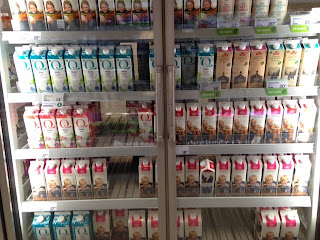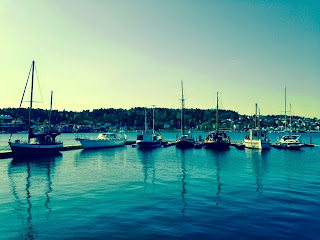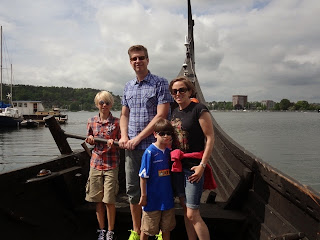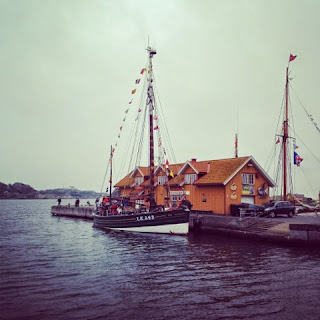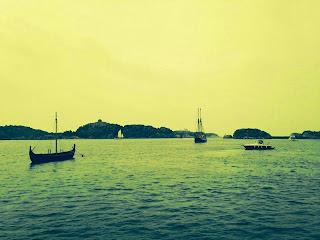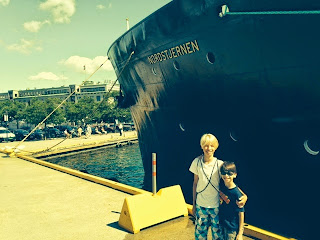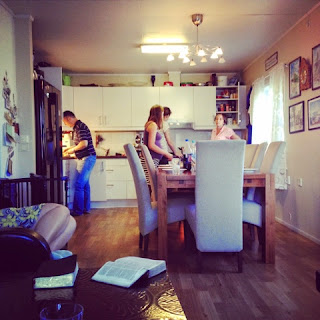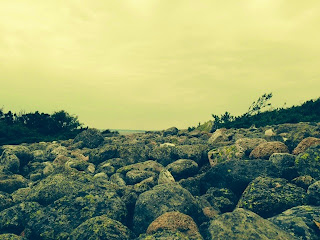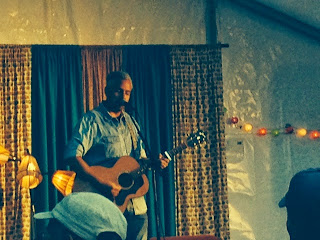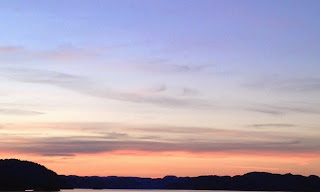With my recent surgery, I’ve had a lot of questions and curiosity about the healthcare system and medical insurance here in Norway. While it seems like a very boring topic to write about, I know sometimes it can be interesting to learn about cultural differences.Norway has both public and private healthcare, though the majority of people access the public system (private is primarily used for elective procedures). The public system is managed and financed nationally. All legal residents have access to the same level of healthcare. So as legal, tax-paying residents of Norway, our family receives all of the same public service as Norwegian citizens.
For adults, there are co-pays for doctors visits, medication, and for procedures such as MRI or CT scans that are done apart from a hospital stay. Hospital stays do not require payment. For dependent children, all medical coverage is free of charge.
My personal experience began in late August 2014, when I first visited our primary care physician in our city. From there, I met with several different specialists and went through a CT scan and MRI. Referrals were extremely quick. Even getting my initial date for surgery didn’t take very long.
Most things about the hospitalization didn’t seem that different from being in an American hospital. There is much less fanfare to checking in. You walk up to the nurse and confirm your name and personal number (like a social security number), and receive your bracelet. You’re given some medication by mouth to help you relax, and you change into hospital gown and wait. My wait this time around was FAST – I arrived just before 7:00, and around 7:30 they took me back.
Post-op/recovery seemed normal compared to what I’ve experienced in the states. It’s a typical ICU type set-up: a large room with lots of bed spaces separated by curtains, so that the nurses can quickly get in and out to each patient.
From Zack’s perspective, it was a bad experience in that he could never get anyone to tell him if I was out of surgery, or how it went, or anything at all. Thankfully after an hour in recovery, I asked if I could call him and they brought me a telephone.
Maybe the biggest difference was the regular room. I was in a room with four beds. The first few hours was just me, but two other ladies came in later in the evening, and one more the next morning. This was a lot different for me, but I managed okay.
Each floor apparently has its own small cafeteria/lunchroom. So as you begin to recover, you are encouraged to walk down the hall and have your meals there. It’s really not a bad idea: it encourages getting up and moving, and it means you have a bit more choice in what you’ll eat (probably a lot less wasted food that way, too!).
I was also waiting for lots of paperwork in order to be discharged. But there was nothing much to it. I met with the doctor and he gave me info on what to do if I have any problems. And that was pretty much it. I could go whenever I was ready. And I just walked myself out. No wheelchair.
Overall, the system and process have been good. I have been very pleased with the level of service and care I have received. There is not too much I can really complain about.



